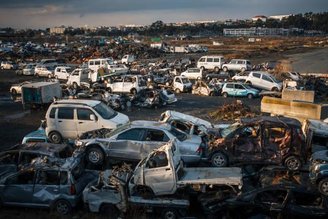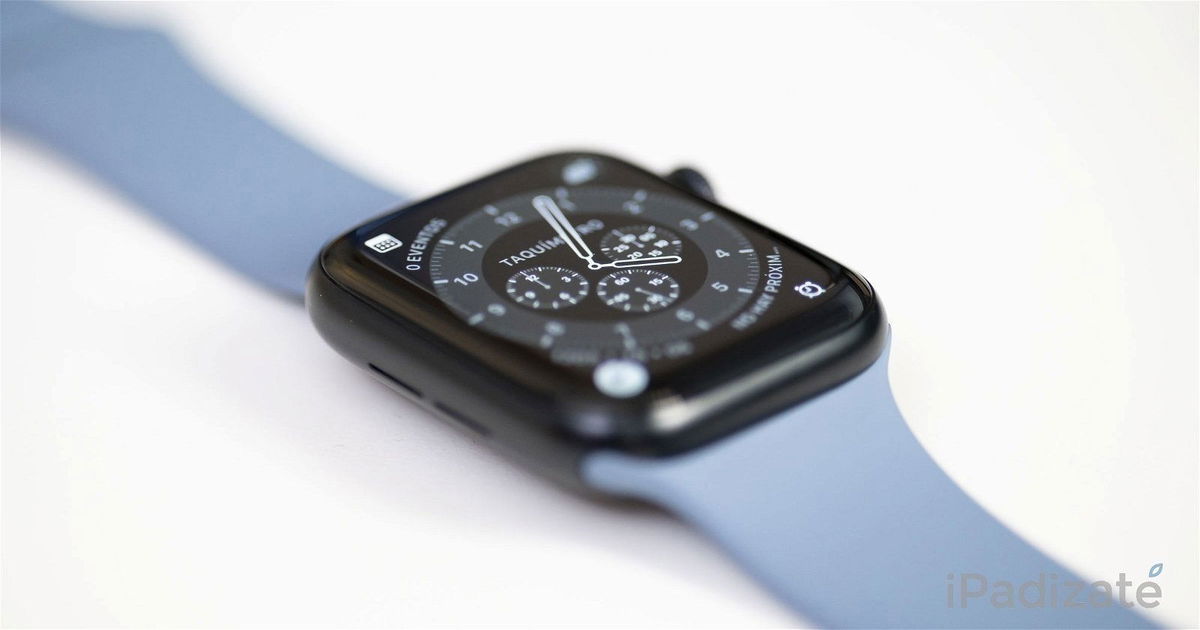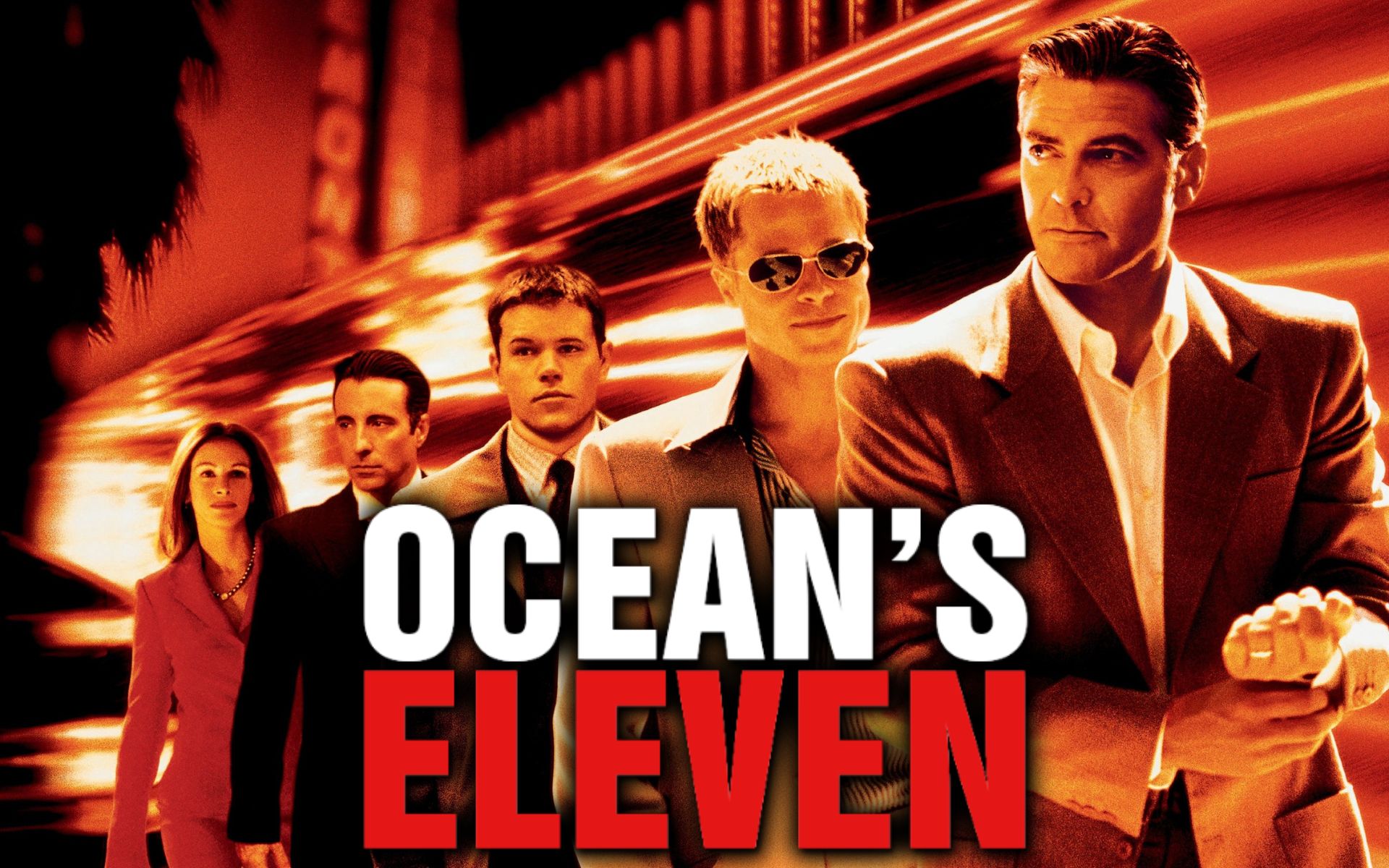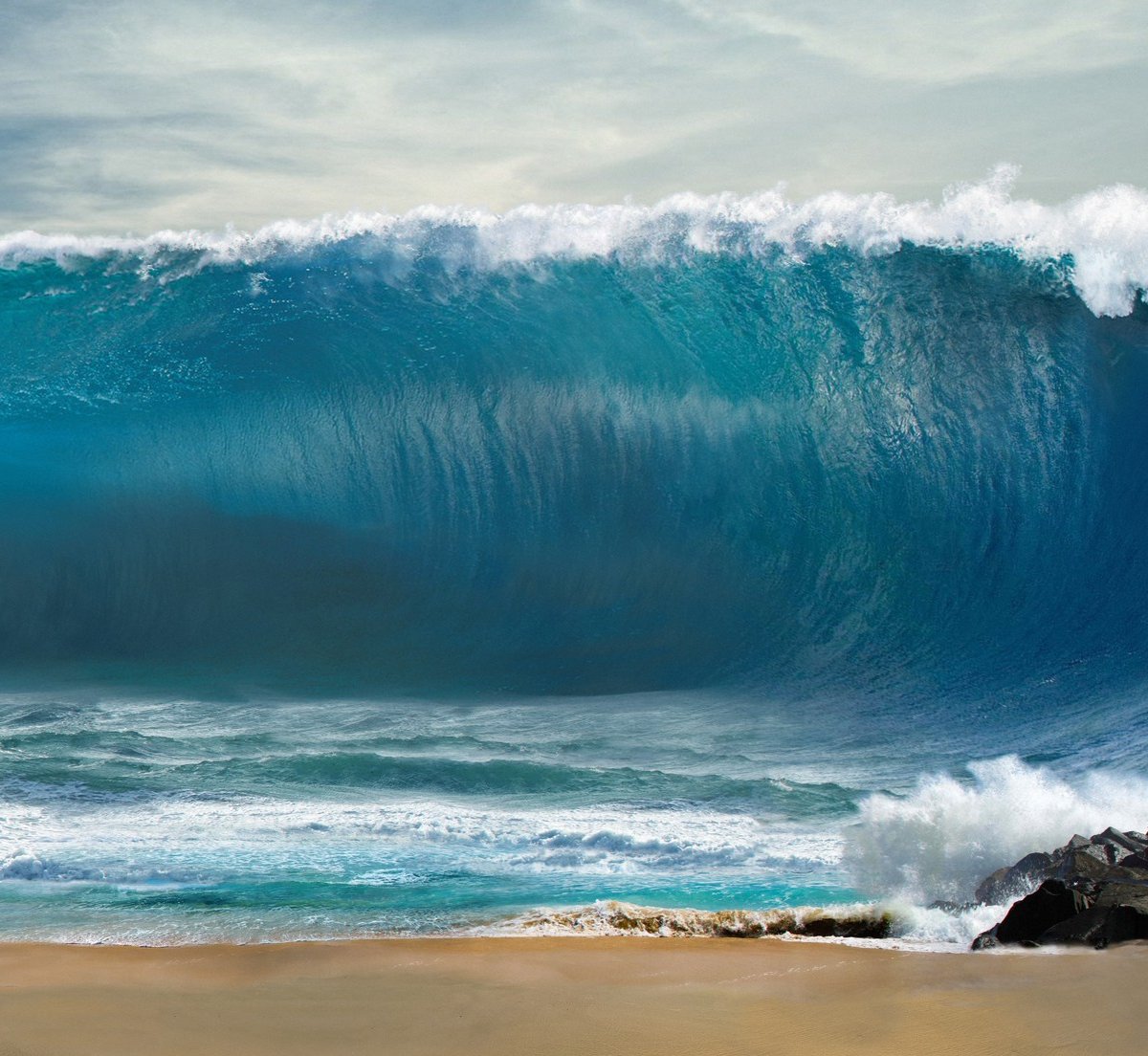understand better Goals of daring mission to Japan Trench include what caused the tsunamiIt is expected to happen soon. Details of the trip to the site of one of the strongest earthquakes ever recorded on the planet were announced by the Australian National University (ANU) on Wednesday (23).
A team of researchers from various countries who will work on Chikyu, the world’s most advanced drilling scientific ship, will extract samples from the earthquake fault zone in Japan. earthquake and tsunami formation.
The estimated maximum depth of the ocean trench, which extends in the western part of the North Pacific Ocean from the Kuril Islands to the Ogasawara Islands, is 8,046 m. At least nine earthquakes measuring 7 or greater on the Richter scale have been recorded in the region since the 1970s..
One of these occurred in March 2011, when stress accumulated over hundreds of years at the junction was suddenly released, causing the tectonic plate to jump eastward by up to 50 meters. The movement displaced a large area of the seafloor, creating a devastating tsunami.
What will be the mission on the Japan earthquake fault?
During shipment, Researchers plan to drill up to 1 km below the seafloor to look for core samples from both sides of the fault line. Since drilling was carried out a year after the great earthquake in 2011 in the region, it will be possible to see how the rocks have changed since then.
“We will work with core samples brought from the fault area. “We will measure density, porosity, strength and more material recovered, as well as fluids within the rocks,” ANU geophysicist Ron Hackney said in a statement. The trip is expected to last seven weeks.
Detailed analysis of samples from the Japan earthquake fault will be performed over the next few years, providing details that will help us understand subduction zones more deeply. Researchers believe that in this way, research into the causes of tsunamis and earthquakes can be advanced.
This mission is part of a 10-year initiative called the International Ocean Discovery Program (IODP), the last of 58 expeditions that will allow the extraction of core samples from different regions of the Earth’s crust. In total, scientists collected almost 100 km of material for the study.
The biggest earthquake of 2011

Also known as The “Great Tohoku Earthquake,” a tectonic event that struck the northeastern region of Japan on March 11, 2011.. The seismic shock that occurred in the place that the scientists on the Chikyu ship will visit was 9.1 magnitude on the Richter scale and was the most severe earthquake in the country’s history.
One of the consequences was the generation of a tsunami that hit the Japanese coast with waves up to 40 m high. Some of them reached the Fukushima nuclear power plant and caused a serious nuclear accident (level 7) due to the release of radioactive substances.
According to Japanese officials, the earthquake and tsunami caused approximately 15,000 deaths and more than 6,000 injuries, in addition to damage to infrastructure and the environment. It is estimated that 120,000 homes were destroyed and 1 million buildings were affected.
Do you have any questions? Tell us about our social networks and get the opportunity to understand how the seismograph network in Brazil works. Until later!
Source: Tec Mundo
I’m Blaine Morgan, an experienced journalist and writer with over 8 years of experience in the tech industry. My expertise lies in writing about technology news and trends, covering everything from cutting-edge gadgets to emerging software developments. I’ve written for several leading publications including Gadget Onus where I am an author.












